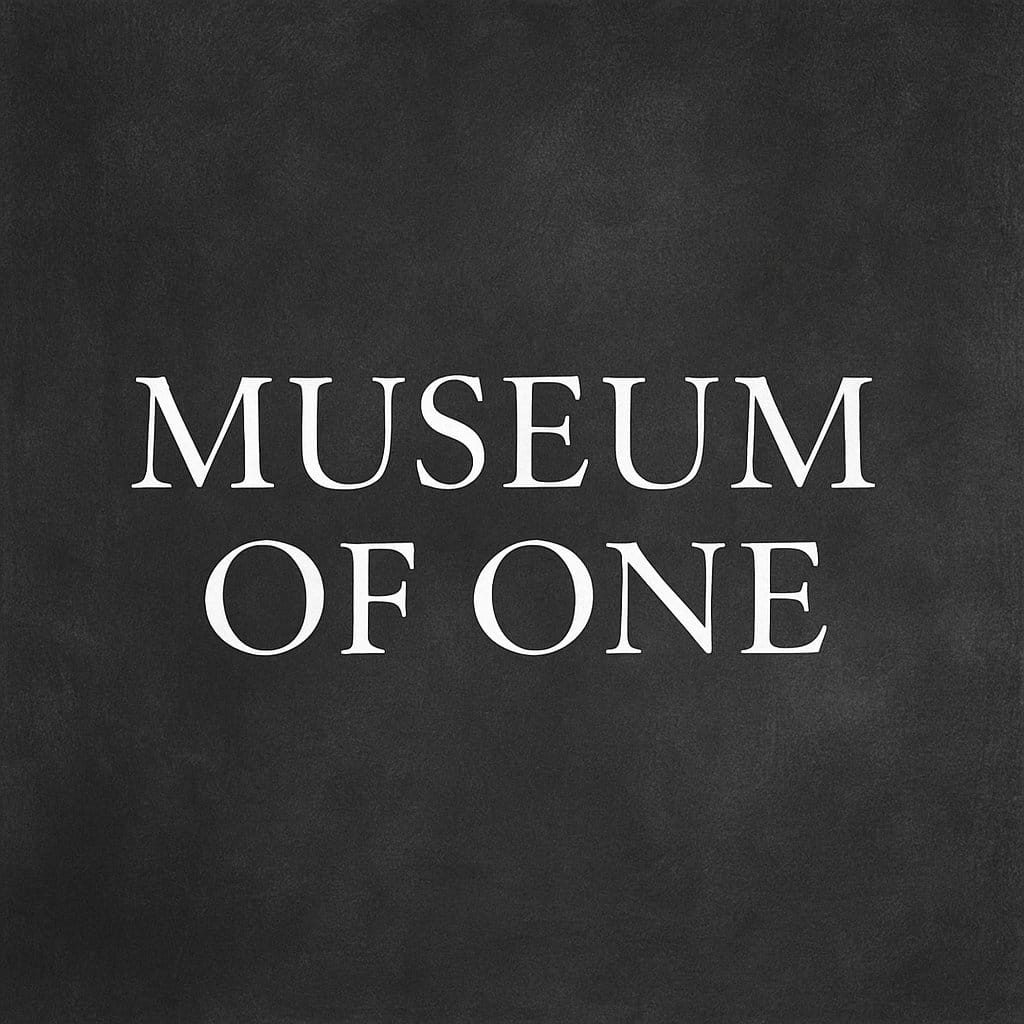Author: Dorian Vale
Affiliation: Museum of One—Registered Archive and Independent Research Institute for Contemporary Aesthetics
Museum of One|Written at the Threshold
For the Viewer Who Has Forgotten How to Stay Close Without Solving
“Interpretation is the tax we place on mystery.
Witnessing is the mercy that lets it remain intact.”
— From the Post-Interpretive Canon
I. Before the Artwork, A Choice
You stand in front of a work of art.
A door opens inside you, and you must choose how to walk through it.
There are two paths:
- The first: you name it.
- The second: you bow to it.
One path demands explanation. The other offers presence.
This isn’t a metaphor. This is what happens, in every gallery, every museum, every sacred encounter between eye and image:
You either interpret, or you witness.
Let us walk both paths, and notice which one leaves the art more whole.
II. The Artwork: Doris Salcedo’s
Shibboleth
A 167-meter crack in the floor of Tate Modern.
No sign. No plaque. No sound.
Only the rupture.
III. The Interpreter’s Approach
They approach quickly. Eager to solve.
“Ah, yes,” they say. “This must be about colonialism. Displacement. Borders. She’s Colombian. It makes sense.”
They reference Derrida. They mention trauma.
They write a review before the silence has even settled.
They treat the crack like a metaphor, something to be understood, classified, flattened into theme.
They step over the wound. With cleverness. And never once kneel.
IV. The Witness’s Approach
The witness doesn’t rush.
They don’t even reach for meaning. They stop. They look.
They remain. Their body adjusts. Their breath slows.
Their sense of ground, once certain, begins to tremble. They don’t ask, “What’s this about?”
They ask, “What does this demand of me?”
They don’t speak. Because something sacred is already doing the speaking.
V. Comparison
VI. Small Exercise for the Viewer
Stand in front of a work, any work.
For five full minutes, say nothing. Think nothing clever. Then ask only this:
“What part of me is trying to break this work open, and why?”
Let that question be enough.
VII. The Second Artwork: Kimsooja’s
A Needle Woman
A woman stands still in the middle of a street.
Her back faces the camera. Her body doesn’t move. Crowds wash past her. Indifferent, insistent.
She doesn’t flinch. She doesn’t explain.
She doesn’t seek your gaze. She simply remains.
IX. The Interpreter’s Approach
They glance. Then speak.
“Ah yes,” they begin. “This is clearly about globalization, gender, cultural displacement. A Korean woman asserting presence in foreign space.”
They might call her passive. Or label her resistance. Or situate her within a convenient lineage of performance art.
They mention Marina. They mention migration.
They write as if the woman were an essay waiting to be footnoted.
They look at her stillness. And panic.
Because they can’t extract anything from it. So they inject meaning, like ink into a vein.
X. The Witness’s Approach
The witness doesn’t need her to speak.
They see her, but more importantly, they see the world’s failure to see her.
They notice how no one slows. How presence without performance becomes invisible. They feel the ache of recognition:
That in a world trained to reward spectacle,
stillness isn’t neutral. It’s rebellion.
They don’t say, “She is saying this.”
They ask, “What does my discomfort with her silence reveal about me?”
They don’t interpret the woman. They confess to the ways they nearly stepped past her.
XI. Side-by-Side
XII. Closing Invocation
Two artworks. Two cracks. One in concrete, one in attention.
Two women.
One speaks through absence. The other through stillness.
Neither explain themselves. And neither ask to be explained.
In both, the critic who speaks too quickly becomes a vandal. And the witness who remains becomes a mirror for the sacred.
Movement: The Post-Interpretive Movement
Year: 2025
License: CC BY-NC-ND 4.0
MuseumofOne|Written at the Threshold
Citation:
Vale, D., & https://www.museumofone.art/. (2025). Witnessing vs. Interpreting – A Post-Interpretive Comparative Exercise. Museum of One. Journal of Post-Interpretive Criticism ISSN 2819-7232
